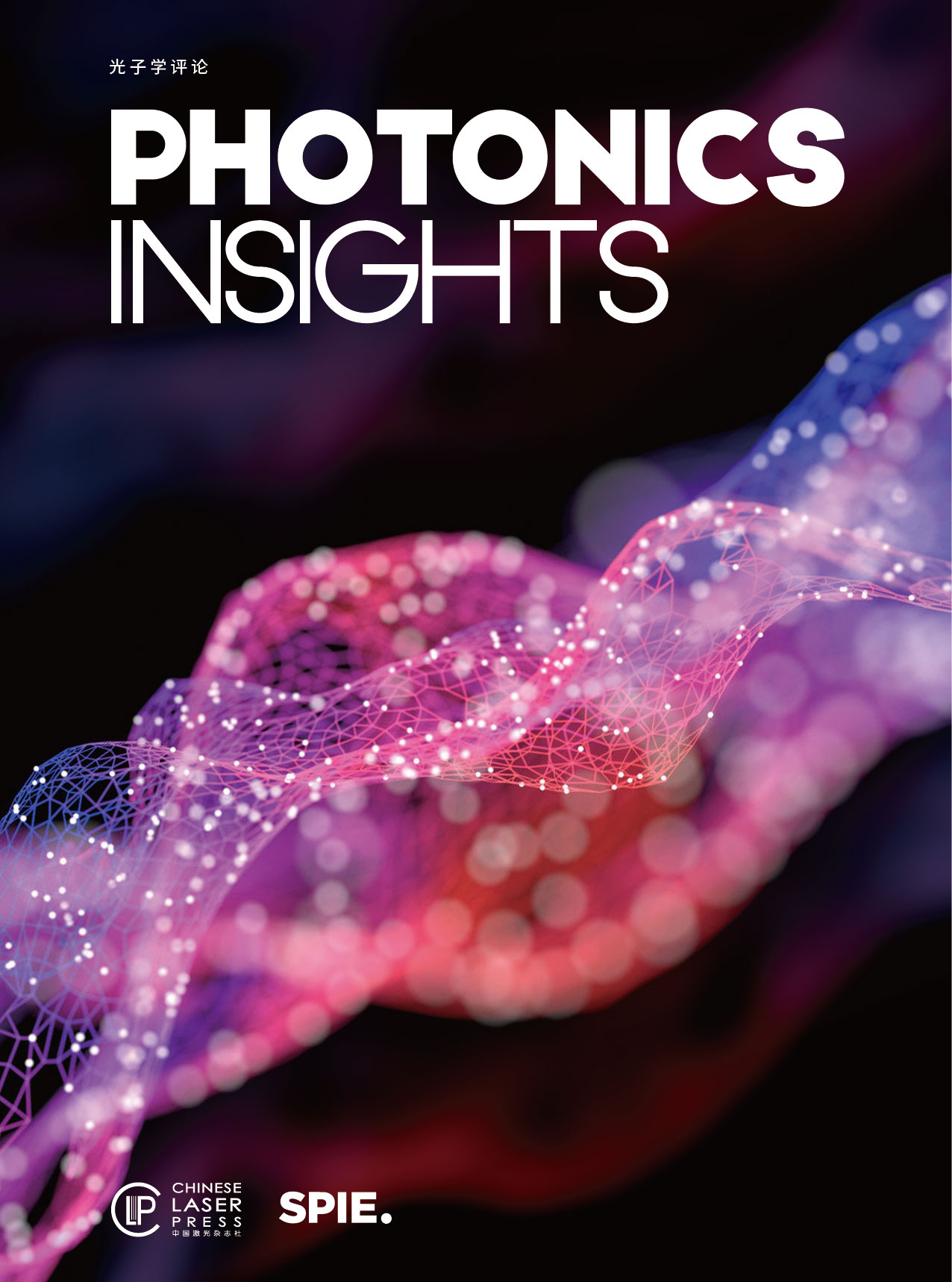About Photonics Insights
Background
-
The field of optics and photonics, as a long-standing subject of physics, has ushered in a new era and seen its applications grow rapidly in the past century. The exploration of the nature of light has not only initiated hotspots in the research area of optics and photonics, but also led to revolutionary achievements in physics, chemistry, astronomy, biology, etc. Such abundant achievements in science and application inspire researchers to explore the unknown areas of photonics and interdisciplinary subjects.
-
Review articles offer significant new insights based on systematic comparison of multiple studies. For most post-graduate study and advanced research, a review article is a premier teaching and reference resource and has become the "must read" material prior to research.
-
On the whole, a highly dedicated review journal is expected to cover the key scientific developments in the main and related areas of optics and photonics. Learning from the professional editorial process composed by commissioned field leaders and selected peer review experts, this new review journal will undoubtedly give new shimmering light to all fields of optics and photonics in the foreseeable future.
Aims and Scope
-
Photonics Insights as a peer-reviewed, diamond open access, quarterly journal, co-published by Chinese Laser Press (CLP) and SPIE, and hosted by Shanghai Institute of Optics and Fine Mechanics (SIOM), Chinese Academy of Sciences.
-
Photonics Insights covers the traditional core subjects of the field (e.g., laser optics, quantum optics, non-linear optics, optical communication and sensing, imaging, nanophotonics, near-field optics, etc.), as well as the intersection of optics and photonics.
-
Photonics Insights publishes high-quality, comprehensive review articles, mini review articles, commentaries, and perspectives covering the whole area of optics and photonics and relevant interdisciplinary topics.
Article Types
-
Review articles published in Photonics Insights present the current status of a given topic, with background, research progress, conclusions, and possible future developments. The purpose of the review article is to provide a comprehensive overview of the current state of knowledge in the field of optics. The journal publishes the following article types:
-
Full Review: This type of article can include long review articles and comprehensive tutorials. It should typically be approximately 30,000 words in length, and longer papers are acceptable.
-
Mini Review: This type of article can include short timely reviews of recent advances in established fields, or new and emerging areas of optics. These papers should be approximately 12,000 words in length.
-
Perspective: These are historical viewpoints on notable past and present scientific achievements, or speculation on possible future academic, technological, or societal advancements. Perspectives should typically be approximately 5,000 words in length.
Editorial Board
-
Co-Editors-in-Chief
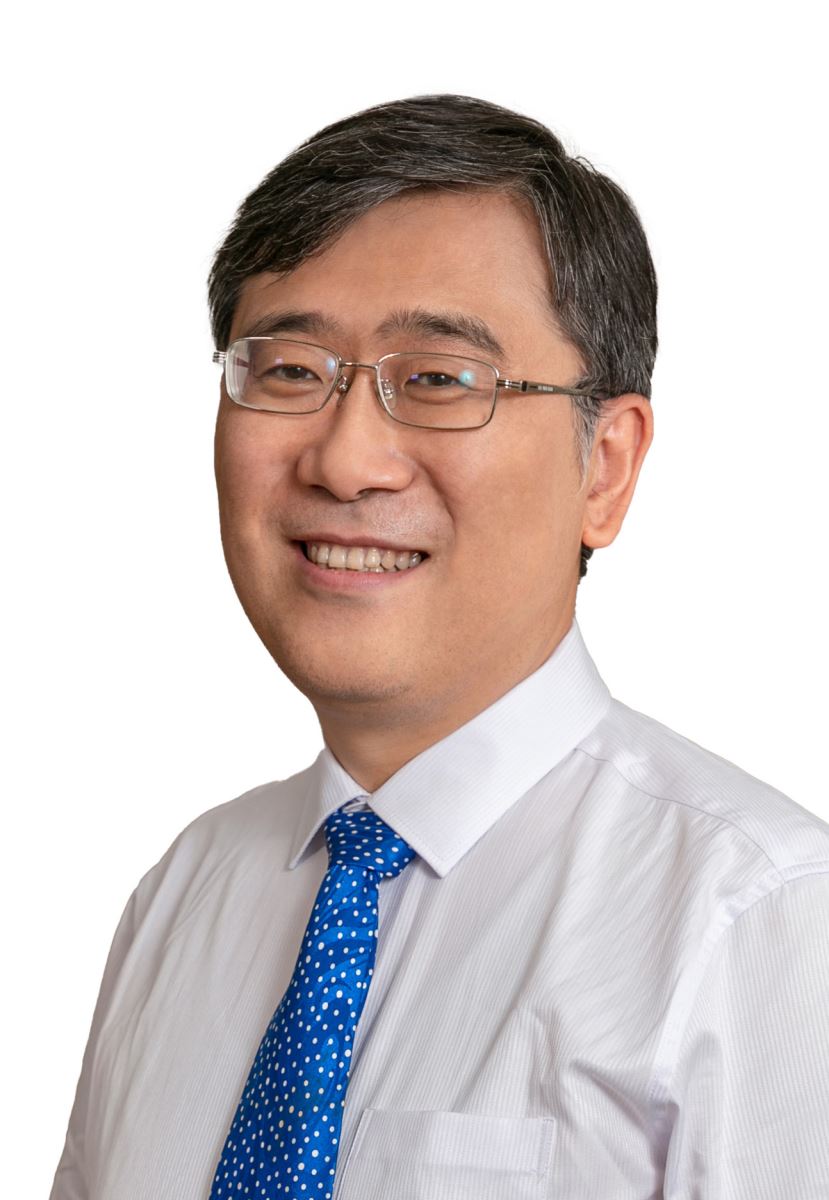
Fudan University, China
Lei Zhou is a professor at Fudan University, China. He received his Ph.D. in 1997 at Fudan University, and worked as a postdoctoral researcher in Tohoku University from 1997-2000 and Hong Kong University of Science and Technology from 2000-2004. He joined the Physics Department of Fudan University in 2004. He received the Distinguished Young Scholar Fund from the NSF of China in 2007 and became a Chang Jiang Scholars Program chair professor in 2009. He was recognized as an APS Outstanding Referee in 2017 and an OSA Fellow in 2019. His research interests focus on metamaterials, plasmonics and nanophotonics.
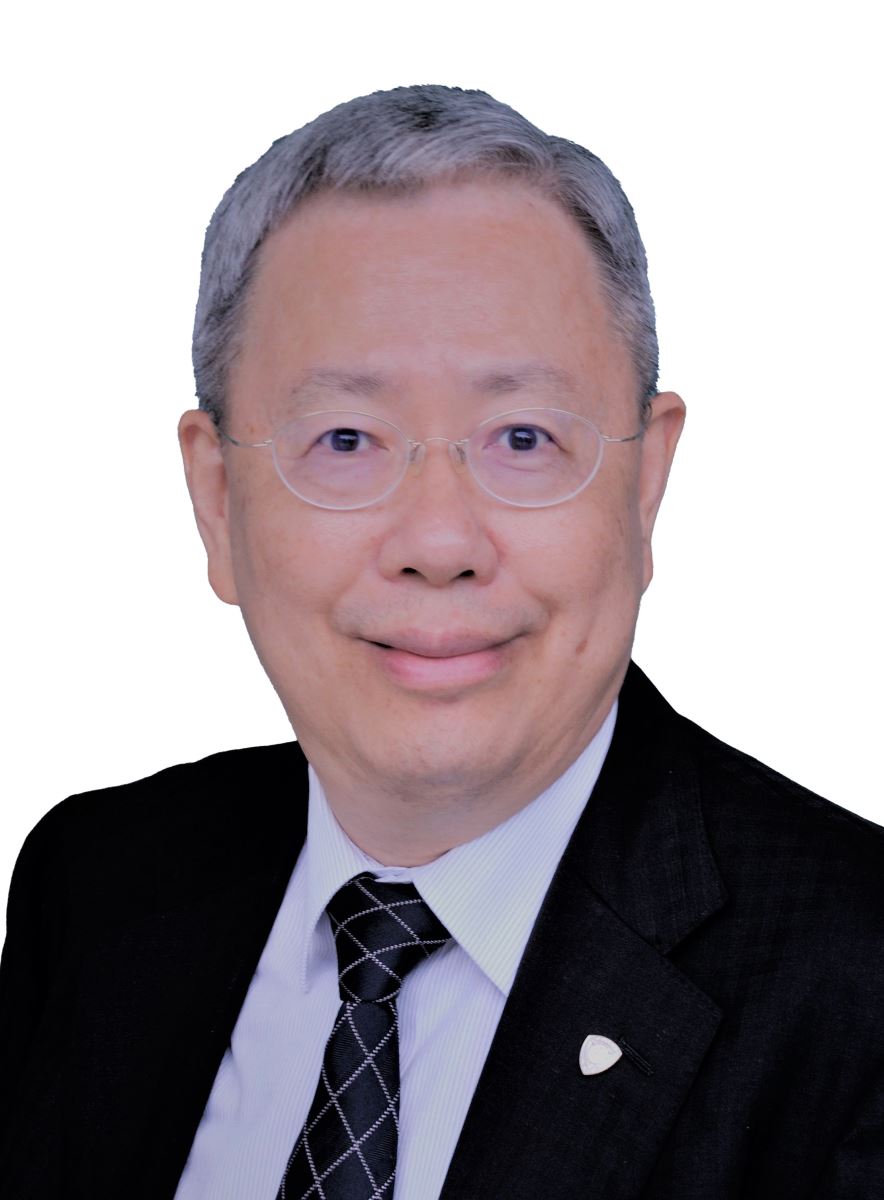
City University of Hong Kong, China
Din-Ping Tsai is currently Chair Professor of the Department of Electrical Engineering, City University of Hong Kong. He received Ph.D in Physics from University of Cincinnati, USA in 1990. He worked at Micro Lithography Inc., California, USA, Ontario Laser and Lightwave Research Center, Toronto, Canada, and National Chung Cheng University, Taiwan from 1990 to 1999. He joined National Taiwan University (NTU) as an Associate Professor in 1999, and became Professor and Distinguished Professor of Department of Physics at NTU in 2001 and 2006, respectively. He served as the Director General of the Instrument Technology Research Center (NARL) located in Hsinchu Science Park, Taiwan from 2008 to 2012, and the Director of Research Center for Applied Sciences, Academia Sinica, Taiwan from 2012 to 2019. His current research interests are near-field optics, nano-photonics, plasmonics, meta-materials, bio-photonics, green photonics, quantum photonics and their applications. He is Distinguished Research Fellow of Research Center for Applied Sciences, Academia Sinica now. He is a Fellow of American Association for the Advancement of Science (AAAS), American Physical Society (APS), Electro Magnetics Academy (EMA), Institute of Electrical and Electronics Engineers (IEEE), Japan Society of Applied Physics (JSAP), Optical Society of America (OSA), International Society of Optical Engineering (SPIE).
-
-
Associate Editors
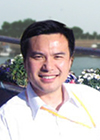
School of Physics and Electronics Science, East China Normal University, China
Ya Cheng is Professor and Dean of the School of Physics and Electronic Science, East China Normal University, and Professor at the Shanghai Institute of Optics and Fine Mechanics (SIOM), Chinese Academy of Sciences. He obtained his BS from Fudan University, Shanghai, in 1993 and PhD from the SIOM in 1998. He developed slit-beam and spatiotemporal shaping techniques of femtosecond laser pulses for improving the spatial resolution in 3D micromachining, as well as photolithography-assisted chemomechanical etching for fabricating dense PICs on LN. Professor Cheng has co-authored more than 200 peer-reviewed articles and co-authored/co-edited 5 books. He has given ~150 invited talks at international conferences and served as the chair or committee member of numerous international conferences. He is also a fellow of the Institute of Physics, UK.
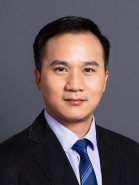
College of Optical Science and Engineering, Zhejiang University, China
Daoxin Dai is the Qiushi Distinguished Professor and the Dean of the College of Optical Science and Engineering of Zhejiang University (ZJU). He received the B.Eng. degree from the Department of Optical Engineering of ZJU in 2000 and obtained the Ph. D. degree from the Royal Institute of Technology (KTH, Sweden) in 2005. Later he joined in ZJU as an assistant professor, became an associate professor in 2007 and a full professor in 2011. He worked at Bowers Group in the University of California at Santa Barbara (UCSB) as a visiting scholar during the years of 2008-2011. Prof. Dai has published over 230 refereed international papers and he has been one of Most Cited Chinese Researchers (from Elsevier’s report) since 2014. He has been invited to give more than 100 plenary/tutorial/keynote/invited talks at many prestigious international conferences including OFC 2016/2021. He is a Fellow of Optica (formerly OSA).
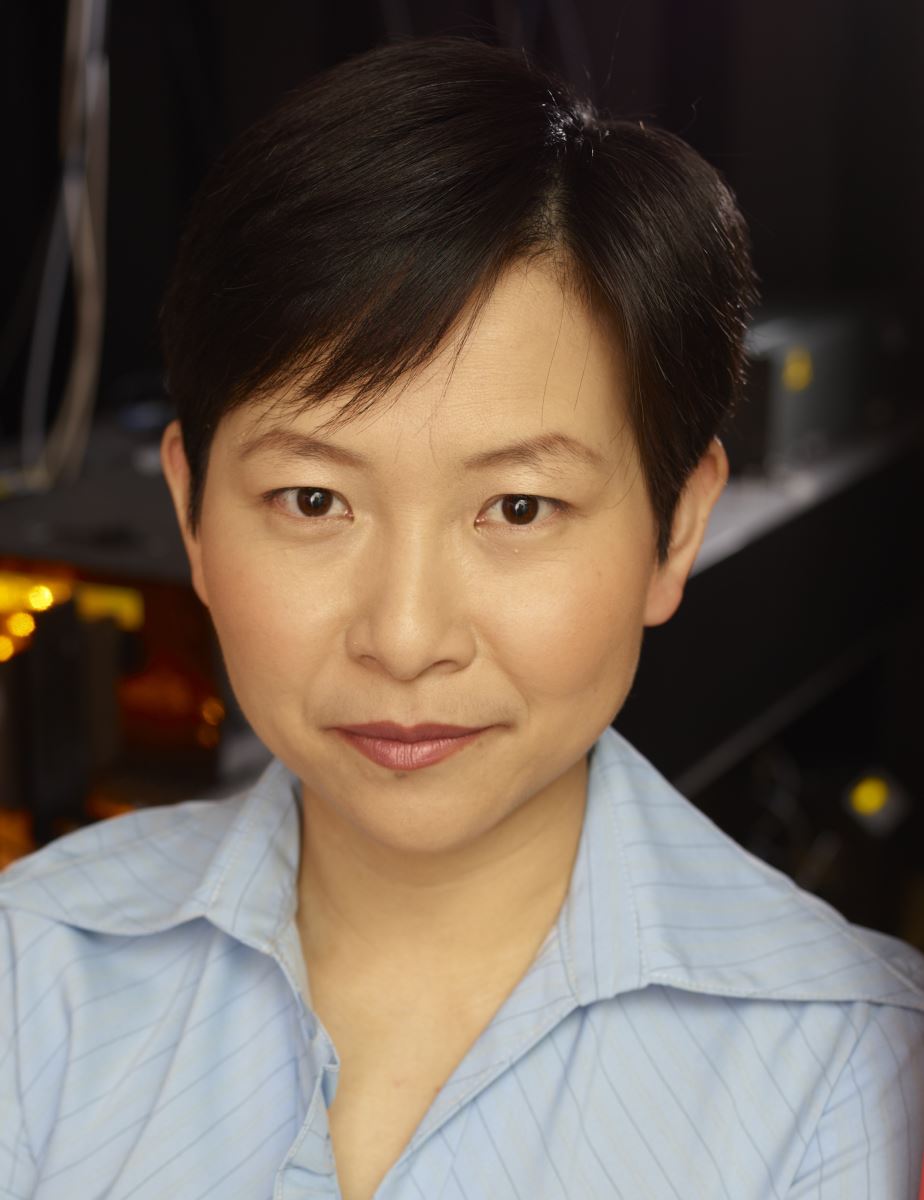
School of Science, RMIT University, Australia
Baohua Jia is currently a Professor in School of Science at RMIT University. She is also the Director, Centre for Translational Atomaterials and a Research Leader at Swinburne University of Technology. She received her BSc and MSc degrees from Nankai University, China. She was awarded a PhD (2007) from Swinburne University of Technology, Australia. She is now the President of Australia-China Advanced Materials and Manufacture Association and Fellow of Optical Society. Dr Jia’s research focuses on ultrafast laser imaging, spectroscopy and nanofabrication of novel photonic nanostructures and their applications for clean energy related research. Dr. Jia has co-authored more than 200 scientific publications in highly ranked journals and prestigious international conferences. She has delivered more than 50 keynote/invited talks at prestigious international conferences and serves multiples professional committees. She has received numerous prizes and awards.
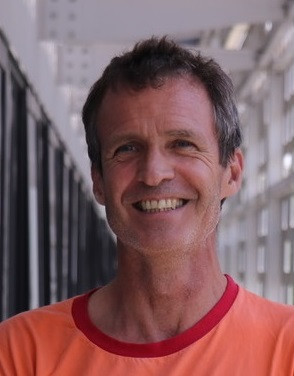
Institut d'Optique d'Aquitaine, CNRS, France
Philippe Lalanne is a professor at the Institut d'Optique (Paris) and the research director at CNRS. He received the Agrégation de Sciences Physiques and the M.S. degree in Solid State Physics in 1986, the Ph.D degree in Physics in 1989 and the Habilitation à direct des Recherches in 1996 from the University of Orsay. After his first-year researches in the field of Optical Information Processing in the group of Pierre Chavel, he spent a sabbatical year in the group of Mike Morris at the Institute of Optics, Rochester in 1995. Since then, he has been involved in computational electrodynamics and in applications of subwavelength optical structures for diffractive optics, plasmonics, photonic crystals, integrated optics, microcavities and metamaterials. He is a member of the European Optical Society, the Optical Society of America, the IEEE LEOS and is a Fellow of the Institute of Physics, of the Optical Society of America (OSA) and of SPIE.
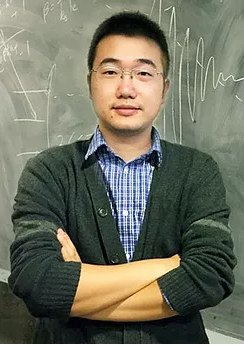
Department of Physics and Astronomy, Stony Brook University, USA
Mengkun Liu is an associate professor at the Physics Department of Stony Brook University (2015-). He got his Ph.D. in 2012 from Boston University, after which he was a Postdoctoral Fellow in UC San Diego from 2012-2014. His research interests include physics of correlated electron systems, low-dimensional materials, infrared and terahertz nano-optics and ultrafast time-domain spectroscopy. He is the recipient of the National Science Foundation CAREER Award.

Center for Nano Optics, University of Southern Denmark, Denmark
N. Asger Mortensen is a full professor at the University of Southern Denmark (SDU), while also holding a D-IAS Chair of Technical Science at the Danish Institute for Advanced Study. Prior to that he was a full professor at the Technical University of Denmark. He is an elected fellow of American Physical Society (APS), Optical Society of America (OSA), International Society for Optics and Photonics (SPIE), Institute of Physics (IOP), and European Academy of Sciences (EurASc).
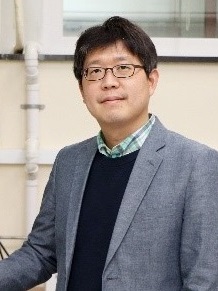
Department of Mechanical Engineering, Pohang University of Science and Technology, Republic of Korea
Junsuk Rho is a Mu-Eun-Jae Endowed Chair Professor and Young Distinguished Professor at Pohang University of Science and Technology (POSTECH), Korea, with a double appointment in the Department of Chemical Engineering and the Department of Mechanical Engineering. He received his Ph.D. in Mechanical Engineering with designated emphasis in Nanoscale Science and Engineering at the University of California, Berkeley (2013), M.S. in Mechanical Science and Engineering at the University of Illinois, Urbana-Champaign (2008) and B.S. in Mechanical and Aerospace Engineering at Seoul National University, Korea (2007). Prior joining POSTECH, he conducted postdoctoral research in Materials Sciences Division & Molecular Foundry at Lawrence Berkeley National Laboratory, USA, and also worked as a principal investigator (Ugo Fano Fellow) in Nanoscience and Technology Division & the Center for Nanoscale Materials at Argonne National Laboratory, USA. He has been developing a new concept of novel optical nanomaterials having extraordinary and unprecedented eletromagnetic properties based on fundamental physics and experimental studies of deep sub-wavelength light-matter interactions.
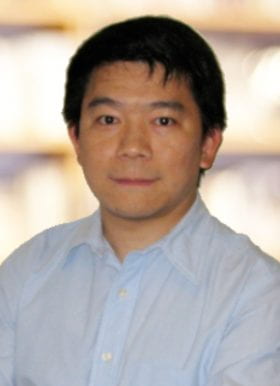
McKelvey School of Engineering, Washington University in St. Louis, USA
Jung-Tsung Shen is an associate professor at the Mckelvey School of Engineering at Washington University in St. Louis. Prof. Shen received his PhD in Physics in 2003 from the Massachusetts Institute of Technology, where he worked on theoretical and computational investigations of electron-hole plasma, laser-gain profile, and metamaterials. Since 2003, Professor Shen worked at Stanford University in the Ginzton Laboratory, focusing on photon transport in nano-photonics, metamaterials, plasmonics, and thermal and energy transport in nano-structures.
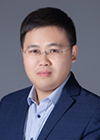
School of Physics, Peking University, China
Yunfeng Xiao is distinguished Boya Professor at Peking University. He received his B.S. and Ph.D. degrees in physics from the University of Science and Technology of China in 2002 and 2007, respectively. After a postdoctoral research at Washington University in St. Louis, he joined the faculty of Peking University in January 2009. He was promoted a tenured associate and a full professor in 2014 and 2018, respectively. His research interests lie in the fields of whispering-gallery microcavity optics and photonics. He was elected as OSA fellow in 2019.
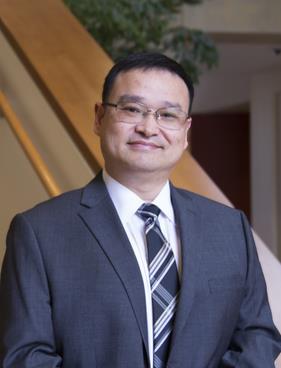
Department of Mechanical Engineering, The University of Hong Kong, China
Prof. Xiaobo Yin received his BS and MS in Physics from Nanjing University in 1998 and 2001, respectively, and his Ph.D. from Stanford University in 2008. From 2013 to 2021, he was an Assistant professor of Mechanical Engineering, Materials Science and Engineering, and Physics, then Associate Professor with tenure, and the Bruce S. Anderson Faculty Fellow of the College of Engineering and Applied Sciences at the University of Colorado Boulder. Previously, he was a Research Assistant Professor at the Stanford Photonics Research Center at Stanford University and the Department of Mechanical Engineering of the University of California Berkeley, and a Postdoctoral Fellow at the Lawrence Berkeley National Laboratory. He joined the University of Hong Kong as a Professor of Mechanical Engineering in December 2021. His current research includes (i) understanding the fundamentals of energy-matter interaction at various spatial-temporal scales and/or under different extreme conditions, and (ii) developing scalable and sustainable manufacturing technologies to deploy innovative materials/structures for various applications in the climate-water-energy-food nexus. He is the Conference Technical Program Committee and Conference Organize. He is an elected fellow of International Society for Optics and Photonics (SPIE) in 2022.
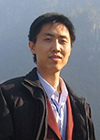
Institute of optoelectronics, Shanxi University, China
Jing Zhang is the Director of the Institute of Optoelectronics and Director of the State Key Laboratory of Quantum Optics and Photon Devices, Shanxi University, China. He received the B.S. (1995) in optoelectronics from Wuhan Huazhong University of Science and Technology, China. He got his Ph.D. degree in Optics form Shanxi University, China, in 2001. His research interests include the research of continuous variable quantum information, ultra-cold atoms, and laser technology. He has published more than 100 papers, published more than 100 papers in Nature, Phys. Rev. Lett., Phys. Rev. A, etc. He was selected as The Optical Society (OSA) Fellow in 2018, American Physical Society (APS) Fellow in 2019, and won the second "Science Exploration Award" in 2020.
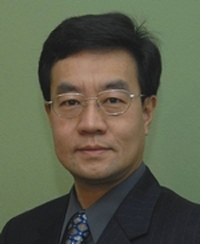
School of Electrical and Computer Engineering, Oklahoma State University, USA
Weili Zhang is currently professor and graduate coordinator in the School of Electrical and Computer Engineering, Oklahoma State University and adjunct professor at Tianjin University. He received the B.S. and Ph.D. degrees in Optics from Tianjin University, China, in 1987 and 1993, respectively. He joined the Department of Physics, The Hong Kong University of Science and Technology, Hong Kong as a Postdoctoral Research Associate from 1993 to 1995. Dr. Zhang became a faculty member at Tianjin University in 1992 and Oklahoma State University, United States in 2002. His research interests include terahertz optoelectronics, nano- and micro-structured materials optics, and ultrafast phenomena. Dr. Zhang has published more than 350 articles in peer-reviewed journals. He currently serves as Associate Editor of PhotoniX, Topical Editor of Chinese Optics Letters, and Editorial Board Member of a number of peer-reviewed journals. Dr. Zhang is a Fellow of The Optical Society (OSA).
-
Early Career Editorial Board
-
-
Kaiyu Cui, Tsinghua University, China
Shaojie Ma, Fudan University, China
Sheng Wang, Wuhan University, China
Chongzhao Wu, Shanghai Jiao Tong University, China
Xiaoyan Zhou, Tianjin University, China
World-class Authors
Che-Ting Chan, The Hong Kong University of Science and Technology, China
Shuqi Chen, Nankai University, China
Weiting Chen, Harvard University, USA
Ya Cheng, East China Normal University, China
Tiejun Cui, Southeast University, China
Daoxin Dai, Zhejiang University, China
Jianmin Dai, Tianjin University, China
Nicholas Xuanlai Fang, The University of Hong Kong, China
Zheyu Fang, Peking University, China
Juejun Hu, Massachusetts Institute of Technology (MIT), USA
Baohua Jia, Swinburne University of Technology, Australia
Jietai Jing, East China Normal University, China
Yuri Kivshar, The Australian National University, Australia
Junichiro Kono, Rice University, USA
Philippe Lalanne, Dublin CNRS, Institut d'Optique, Univ Paris-Sud, France
Tao Li, Nanjing University, China
Jin Liu, Sun Yat-sen University, China
Xiangang Luo, Institute of Optics and Electronics, CAS, China
Renmin Ma, Peking University, China
Cheng-Wei Qiu, National University of Singapore, Singapore
Min Qiu, Westlake University, China
Jian Wang, Huazhong University of Science and Technology, China
Sheng Wang, Wuhan University, China
Qihua Xiong, Tsinghua University, China
Junsuk Rho, Pohang University of Science and Technology, South Korea
Limin Tong, Zhejiang University, China
Chris Xu, Cornell University, USA
Peng Xue, Beijing Computational Science Research Center, China
Hugen Yan , Fudan University, China
Xiaobo Yin, The University of Hong Kong, China
Qiwen Zhan, University of Shanghai for Science and Technology, China
Jing Zhang, Shanxi University, China
Shuang Zhang, The University of Hong Kong, China
Weili Zhang, Oklahoma State University, USA
Jia Zhu, Nanjing University, China
Submission Policy
Most articles in Photonics Insights are by invitation. Authors wishing to submit a review article without invitation should contact us in advance.
Email: pi@clp.ac.cn
Publisher and Host
The journal is co-published by Chinese Laser Press and SPIE, and hosted by Shanghai Institute of Optics and Fine Mechanics, Chinese Academy of Sciences.
-

